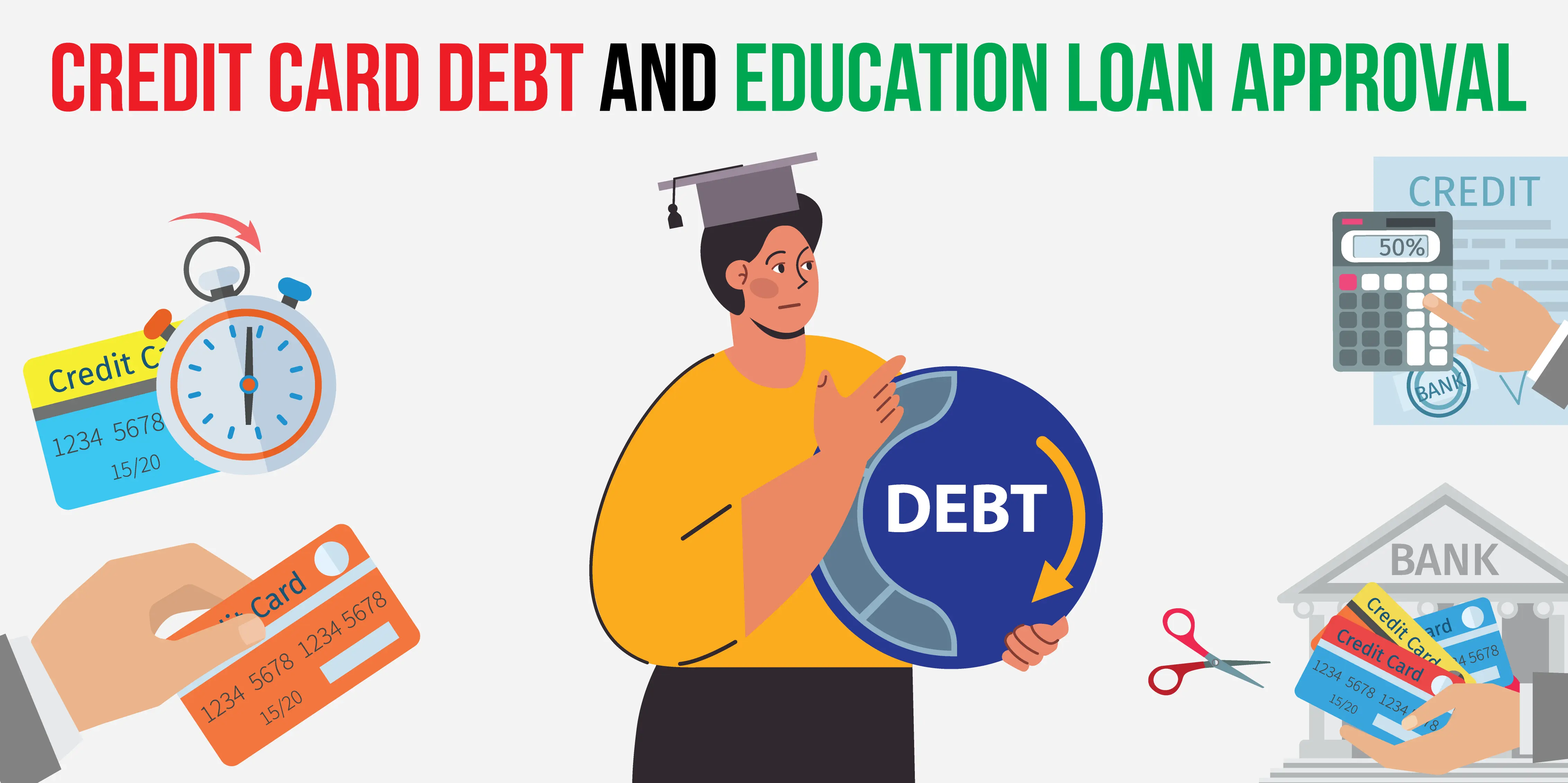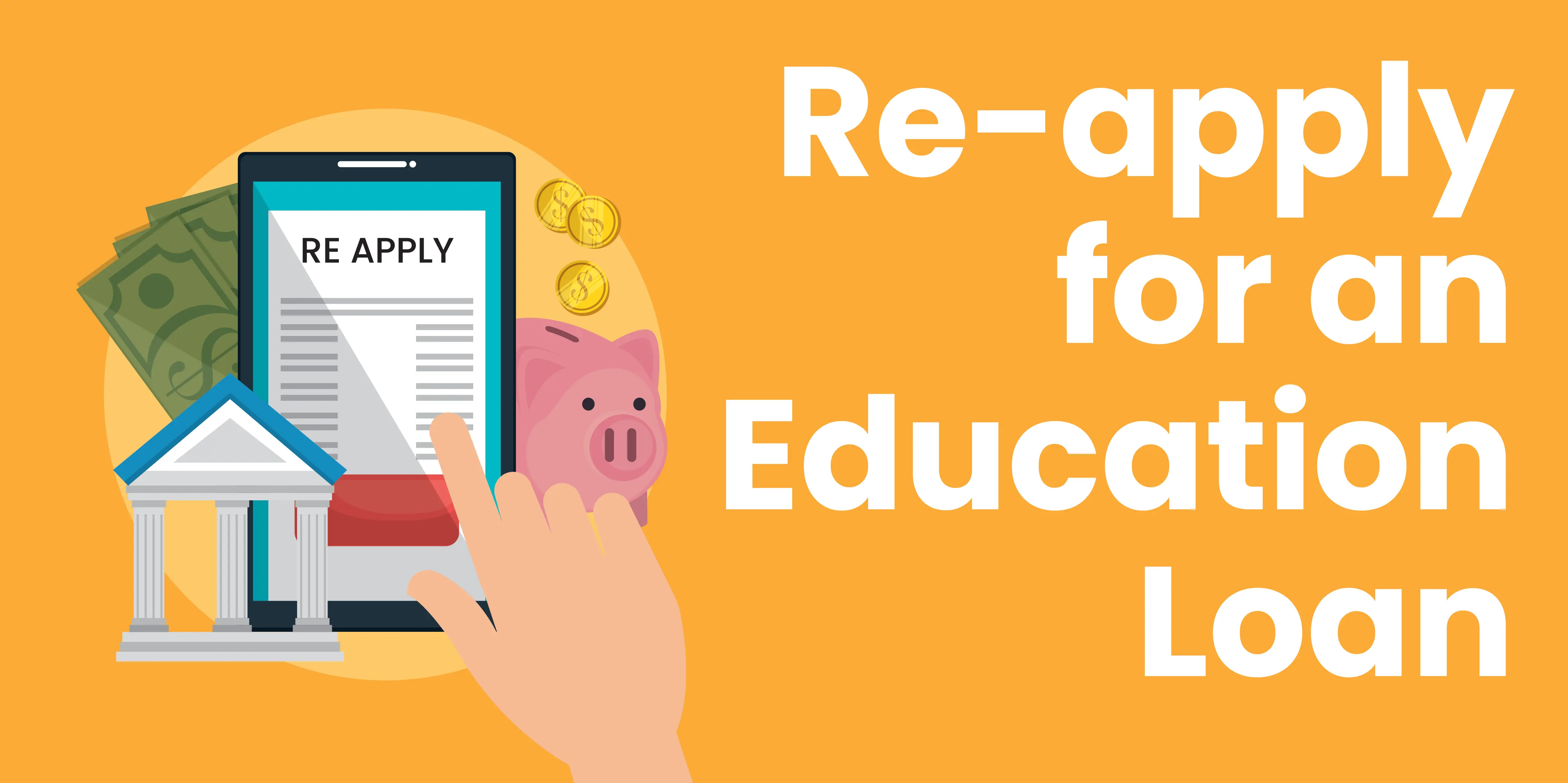https://www.wemakescholars.com/blog/education-loan-scheme-for-abroad-studies
Education Loan Schemes for Abroad Studies – All You Need to Know
Abroad Education Loan | Updated on ()

We're living in an era where setting out without any information will make you wander without any fruitful result. Knowing things in advance saves you a lot of time and the work gets done in one go without any major hassle.
This article aims to provide you with all the information you would need for your abroad education loan. We will discuss all the basic elements of an education loan scheme that you should take care of while deciding your final education loan scheme for abroad studies.
Before delving into the subject, we would like to tell you that we also have a youtube channel where the founder of our organization, WeMakeScholars, Ms Damini Mahajan has explained each and every aspect of an abroad education loan extensively in a series named LoanFlix, which by the way you can also check out on youtube by searching just LoanFlix.
Types of education loans
Starting off with the basics, there are two types of education loans you can get for your abroad education
- Collateral /Secured loan- Secured loans are the types of loans where you would need to pledge collateral that is accepted by the lender. Based on the value of the pledged collateral (after legal and valuation) and your total loan requirements (education-related expenses), the lender offers you a loan amount.
- Non-collateral /Unsecured loan- In an unsecured education loan, instead of taking any collateral as security for assurance in case of a default, lenders approve unsecured education loans majorly based on your financial co-applicants income profile along with other eligibility parameters.
What does it take to be eligible for an education loan scheme for an unsecured education loan ?
- The academic profile of the Applicant. This determines how academically proficient an applicant is. You would need a minimum of 60% in your 10th, 12th, and degree. Students with more than 3 backlogs may not qualify for an unsecured education loan.
- Financial co-applicants income, CIBIL score. This is the most prominent deciding factor for an unsecured loan as lenders are not taking any collateral. With strong financial co-applicant, lenders can stay assured about repayment if for some reason a student fails to pay back the loan amount.
- Course/Degree. Lenders can easily fund courses like UG, PG in STEM disciplines over courses like Public policy or Aviation but will never be able to fund Ph.D., Mbbs, Theology, tailoring, etc.
- The country. Lenders mainly focus on major study abroad destinations like the US, UK, Canada, Australia, Ireland, Germany over the less popular destinations like China, Ukraine, etc. This is because students are more likely to get jobs in the major study abroad destinations.
- University. Private banks have a list of universities with them which they prefer over other universities ranked lower in the world. Getting funds for these top universities is easier.
If you find yourself ineligible for an unsecured education loan based on the above eligibility criteria, do not worry, connect with the WeMakeScholars for your education loan process. WeMakeScholars is associated with 10+ lenders, and can still give it a try and talk to lenders for necessary deviations on your behalf as we’ve done multiple times before for students who otherwise were refused education loans.
Things to check out before finalizing an education loan scheme
-
Interest rate - The Interest rate on the loan amount is the first thing you should check for, as this would determine how much you would need to pay back during your repayment period. The two types of rate of interest are
- Fixed interest rates- the interest rate figure stays the same throughout your loan tenure.
- Floating interest rates - the interest rate figure keeps changing as per the market interest rate.
- Loan margin - The loan margin is your contribution to the education loan amount. Most education loan schemes have a minimum of 10% loan margin, meaning the education loan will cover up to 90% of your total expenses and the rest 10% would have to be borne by you.
- Moratorium period - A Moratorium period is your course duration plus 6 months to 12 months during which you get to enjoy a holiday from your education loan EMIs. But private lenders make it mandatory for students to pay either partial or full interest during their moratorium period.
- Collateral margin - Different banks have different education loan schemes and so is their calculation for collateral margin. Collateral margin comes into the picture when you pledge collateral for an education loan, the bank considers a certain percentage of the collateral value for an education loan. The State bank of India for instance considers a maximum of 80% of the immovable collateral.
- Processing fee - When you finalize your education loan scheme from any lender, you are required to pay the processing fee plus GST to get the sanction letter. This processing fee however varies from lender to lender, some charge a certain percentage on the sanctioned loan amount (0.5% -2%), some have fixed processing fees as well.
- Loan insurance - A loan insurance safeguards your co-borrower from defaulting on your education loan if in the future any unfortunate incident happens with you. Although loan insurances are mandatory for private lenders, it is optional with public banks. The insurance amount varies from lender to lender from 0.5% to 2% on the sanctioned loan amount.
- Repayment period - Different student loan schemes have different repayment policies ranging from 10-15 years. Longer the repayment duration, thinner the initial EMIs of the education loan.
Education loan scheme: Unsecured education loans
For an unsecured education loan, government banks can grant a loan amount of up to 7.5 lakhs, and that wouldn't be sufficient to cover your education abroad, leaving private lenders as the only options for an unsecured education loan.
Education loan scheme for unsecured education loans from private lenders (Private banks and NBFCs) have a lot in common which we'll discuss here to give you a broad idea. For individual student loan scheme of prominent unsecured education loan lenders, read this article private lenders' loan schemes for unsecured education loans.
Private banks-
- Private banks can offer up to 40 lakhs unsecured education loans depending upon your university.
- Private banks' rate of interest is between 10-12.5%
- Private banks' processing fee is 1% on the loan amount +GST and for some private banks, it is 15k +GST.
- The moratorium period is the course period + 6 months. Here you don't get the option of a no-payment moratorium period, unlike public banks you would have to pay either full or partial interest.
- You would get from 10 to 15 years to repay the loan amount.
NBFCs- NBFCs are Non-Banking Financial companies and there are 4 NBFCs in India that provide unsecured education loans and also partially secured loans.
- NBFCs provide funds based on the country you're going to, like 60 lacs for the US, 40 lacs for the UK, 25 lacs for Canada, 20 lacs for Germany, 15 lacs for Australia, Ireland.
- Their ROI varies with country, for the US- 11% to 12%, Canada- 12% to 13%, others- 12% to 14.5%
- NBFCs processing fee can be 0.95% to 1.5% on the loan amount.
- The moratorium period is the course period + 1 year and you will get up to 10 years to repay the loan amount.
Education Loan Scheme: Secured Education Loans
Government banks like SBI, BOB, etc are best for secured education loans. For specific education loan schemes of these government banks, read this article Government banks' education loan scheme for abroad studies.
If you have collateral it is always advisable to go with public banks because their education loan schemes include-
- Loan amount of 10 lakhs to 1.5 crores, this depends on your collateral value and your loan requirement.
- Their rate of interest is between 8-9%.
- Their processing fee will be 10k+GST and an additional 10k for legal and valuation of the collateral.
- You get your course period plus 6 months to 12 months as a moratorium period, during this period you don't have to pay anything to banks. Mind you, interest will be charged but you pay after the moratorium period ends and you will get up to 15 years to repay the loan.
Documents required while applying for an education loan
While applying for an education loan scheme for abroad studies, you are required to submit a set of documents along with your loan application form to the lender. Upon submitting all the documents, your loan process starts. Different lenders for different types of education loans ask for a different set of documents which you can find out in this article -Education loan documents required by Private and Government banks
Comparing different education loan schemes and finalizing the best one can be a time-consuming and tedious job for many students, and it still isn't guaranteed that you will end up with the best deal. Reach out to WeMakeScholars by requesting a callback, we try our best to get students the best education loan deal possible based on their profiles.
Note: WeMakeScholars is an organization funded and supported by the Government of India that focuses on International Education finance. We are associated with 10+ public/Pvt banks/ NBFCs in India and help you get the best abroad education loan matching your profile. As this initiative is under the Digital India campaign, it’s free of cost. The organization has vast experience dealing with students going to various abroad education destinations like the US, Canada, UK, Australia, Germany, Sweden, Italy, New Zealand, France among others





Kindly login to comment and ask your questions about Scholarships & Education Loans